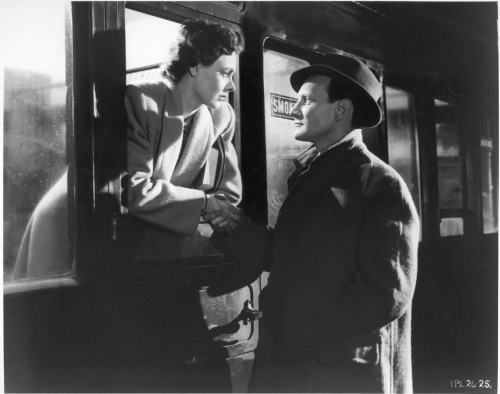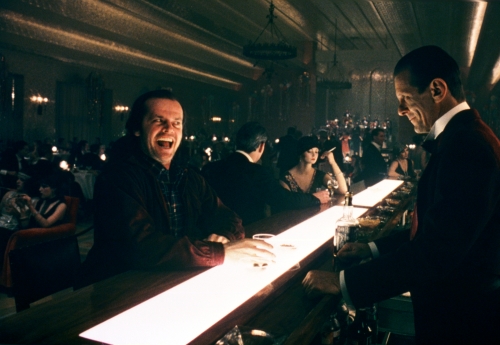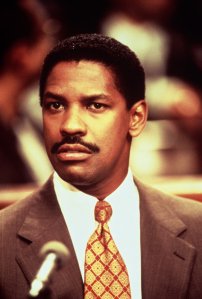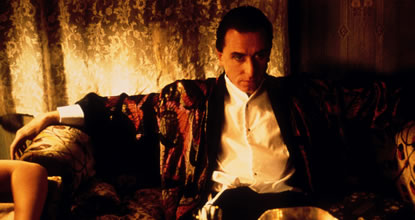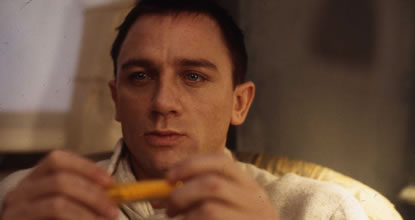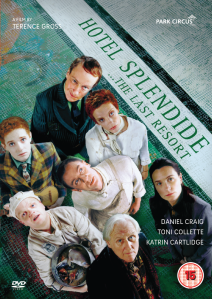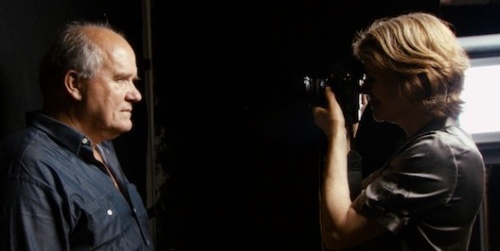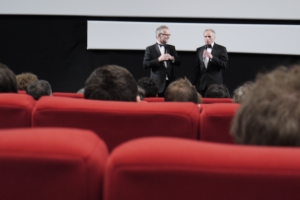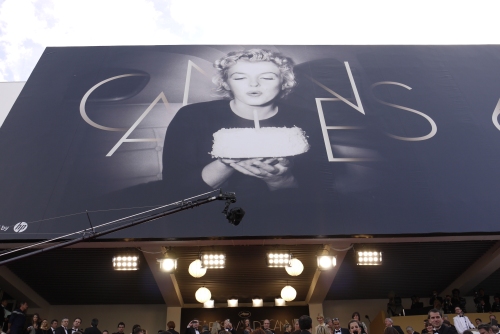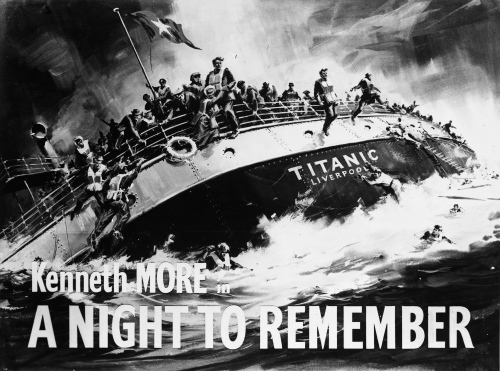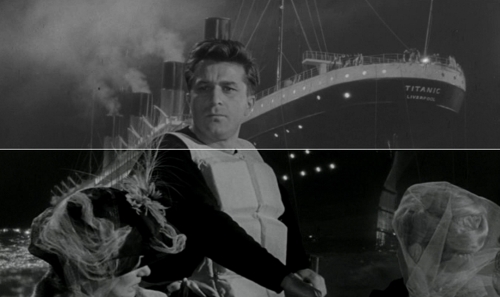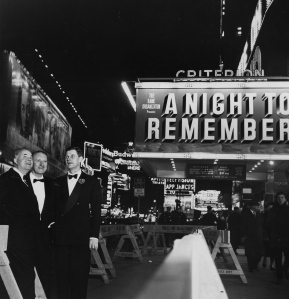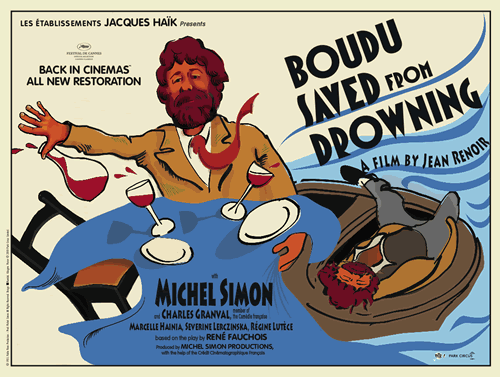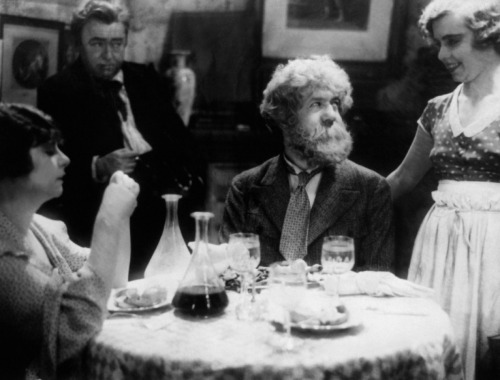20th June 2012 will mark a significant date in Park Circus’ historical calendar as the company introduced a new website for clients and classic cinema lovers alike.
Although the new website does not present any radical changes, we feel there have been some key tweaks that have refined the way cinemas can book films from us while allowing classic cinephiles to enjoy a base of rich content which delves into the 15,000-strong back catalogue of films we represent.
We would therefore like to take this opportunity to thank all of our loyal blog followers and we hope that you have enjoyed all we have posted on this site. From interviews with Brandon Schaefer, the man behind some of our best movie posters, to fun top 5 fact postings on films such as Taxi Driver and Pulp Fiction and much much more, it has been a great tool for us to showcase our unrelenting passion for classic films and our eternal aim of allowing these films to be easily put back in cinemas where they belong.
Our blog site will no longer be updated but fear not as our new website has an even better way for film fans to learn about what we do at Park Circus, what films we are focusing on throughout the year and what classics are screening at key festivals and cinema retrospectives alike. Everything you need can now be discovered here.
We welcome your feedback on our new site and you can do so through our social media outlets, on Facebook or Twitter. The new site allows easy access to our YouTube channel with the latest clips and trailers from our upcoming and past releases as well as our Flickr account which presents to you all of our posters – from The Last Picture Show to the soon-to-be released 50th anniversary artwork for Lawrence of Arabia.
Thank you once again to all of our followers and here’s to an exciting rest of 2012 – there’s lots to look forward to….
Brief Encounter will be released in Film Forum NY:
The Apartment is out in UK cinemas now and is to be released in France in July:
We are releasing Cassavetes’ Husbands in September:
and last but not least…

